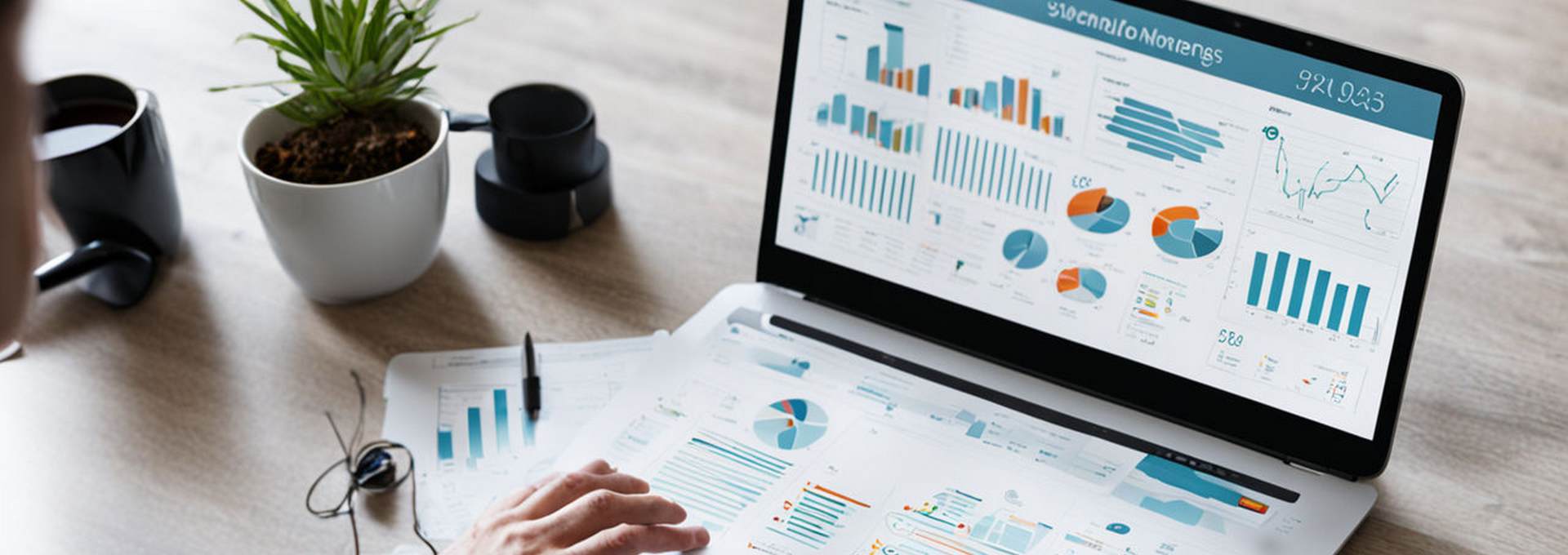Proven Strategies to Maximise Email Performance and Drive Results
In the ever-evolving digital marketing landscape, email remains a powerful tool for engaging customers and driving conversions.
However, with inboxes becoming increasingly crowded, it’s crucial to employ advanced techniques to stand out and maximise your email marketing performance.
This post will explore cutting-edge strategies for crafting compelling subject lines, optimising email content for mobile devices, and leveraging personalisation and segmentation to boost open rates and conversions.
Crafting Compelling Subject Lines
Your subject line is the gatekeeper to your email content. Here are some advanced techniques to make them irresistible:
a) Use Power Words
Incorporate emotionally charged words that trigger curiosity or urgency. Examples include:
- “Exclusive”
- “Limited Time”
- “Breaking”
- “Insider”
b) Employ the Curiosity Gap
Create intrigue by hinting at valuable information without giving it all away. For example:
- “The workout trick that’s changing lives”
- “You won’t believe what we’ve discovered about productivity”
c) Personalisation Beyond First Names
Use data points beyond just names to create hyper-relevant subject lines:
- “[City Name] residents: Your local guide is here”
- “Based on your last purchase, we think you’ll love this”
d) A/B Test Continuously
Regularly test different subject line styles, lengths, and elements to refine your approach.
Optimising Email Content for Mobile Devices
With over 60% of email opens occurring on mobile devices, mobile optimisation is non-negotiable.
a) Embrace Responsive Design
Ensure your emails adapt seamlessly to different screen sizes. Use a single-column layout for easy scrolling.
b) Optimise for Quick Scanning
- Use short paragraphs and bullet points
- Incorporate plenty of white space
- Make CTAs large and easily tappable (minimum 44×44 pixels)
c) Optimise Images
- Use alt text for images in case they don’t load
- Compress images to reduce load times
- Consider using scalable vector graphics (SVGs) for logos and icons
d) Test Across Multiple Devices and Email Clients
Use tools like Litmus or Email on Acid to preview your emails across various platforms.
3. Leveraging Personalisation and Segmentation
Personalisation goes beyond using a subscriber’s name. Here’s how to take it to the next level:
a) Behavioural Segmentation
Segment your list based on user behaviour:
- Purchase history
- Email engagement levels
- Website browsing patterns
b) Dynamic Content
Use dynamic content blocks that change based on subscriber data:
- Show different product recommendations based on past purchases
- Alter imagery to reflect the subscriber’s location or demographics
c) Personalised Send Times
Analyse when each subscriber is most likely to open emails and send accordingly.
d) Lifecycle-based Emails
Create targeted campaigns based on the customer’s journey:
- Welcome series for new subscribers
- Re-engagement campaigns for inactive users
- Loyalty rewards for frequent customers
Advanced Analytics and Optimisation
To continually improve your email marketing, dive deep into your data:
a) Look Beyond Open Rates
While important, open rates don’t tell the whole story. Focus on:
- Click-through rates
- Conversion rates
- Revenue per email
b) Heat Mapping
Use heat mapping tools to see where subscribers are clicking within your emails.
c) Predictive Analytics
Leverage AI and machine learning to predict:
- The best time to send emails to each subscriber
- Which products a customer is most likely to buy next
- When a customer is at risk of churning
d) Automated Optimisation
Use AI-powered tools that can automatically:
- Write subject lines
- Optimise send times
- Personalise content for each recipient
By implementing these advanced email marketing techniques, you can significantly boost your open rates and conversions.
Remember, the key to success is continuous testing and refinement.
Keep experimenting with new strategies and always stay attuned to your audience’s preferences and behaviours.




